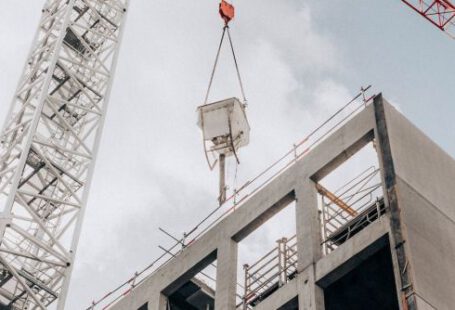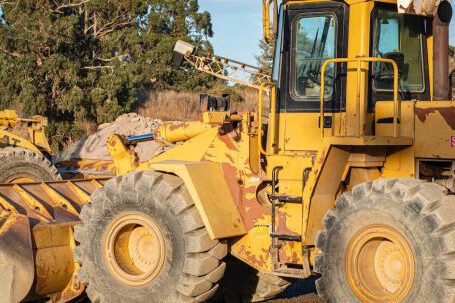Crane Technology has come a long way since its invention in ancient Greece. Today, cranes are essential pieces of equipment in many industries, from construction and engineering to logistics and transportation. Cranes have evolved to fit the needs of their respective industries, and the advancement of technology has allowed for an ever-increasing range of capabilities. As such, it is important to understand the current trends and future prospects of crane technology if one wishes to stay up to date in this field.
Types of Cranes
Cranes are available in a variety of sizes and styles, each designed to meet the needs of a specific industry or task. The most common types of cranes are mobile, tower, overhead, and gantry cranes. Mobile cranes are the most versatile and are used in a variety of settings, including construction sites, warehouses, and factories. Tower cranes are used in tall building construction, while overhead cranes are used in industrial settings for moving heavy loads. Finally, gantry cranes are used for lifting and moving loads over short distances.
Recent Innovations
Recent advancements in crane technology have focused on improving safety and efficiency. Automated cranes are becoming increasingly popular, as they are able to reduce human error and improve precision. Additionally, new sensors and software have been developed to monitor the environment and alert operators of potential risks. In addition, the use of remote operation has allowed for increased flexibility and efficiency in some applications.
Future Prospects
Looking to the future, crane technology is likely to become even more advanced. Self-driving cranes are already being developed, allowing for greater safety and efficiency in the workplace. Additionally, the use of artificial intelligence is likely to become commonplace, allowing for complex tasks to be performed with greater accuracy and speed. Finally, the use of drones is likely to become more widespread, allowing for even greater flexibility and safety.
Conclusion
Overall, crane technology has come a long way since its invention in ancient Greece. In the future, it is likely to become even more advanced, with automated, self-driving, and drone-operated cranes becoming more commonplace. This will lead to increased safety and efficiency in many industrial and logistical settings, allowing for a more productive and profitable environment. As such, it is important to stay up to date on the latest trends and advancements in crane technology if one wishes to remain competitive.






